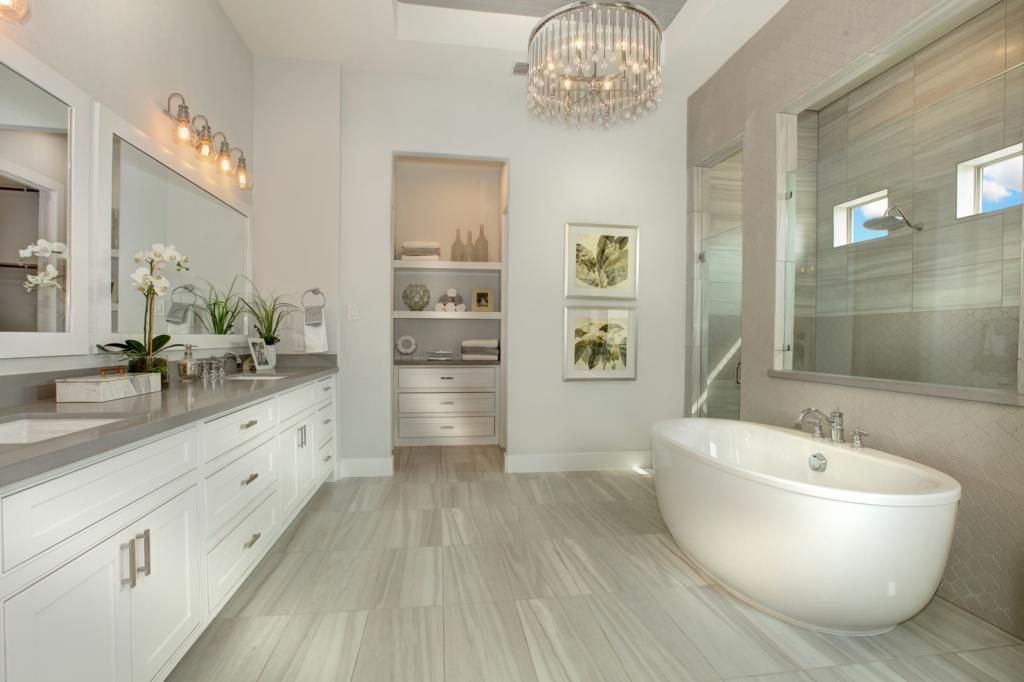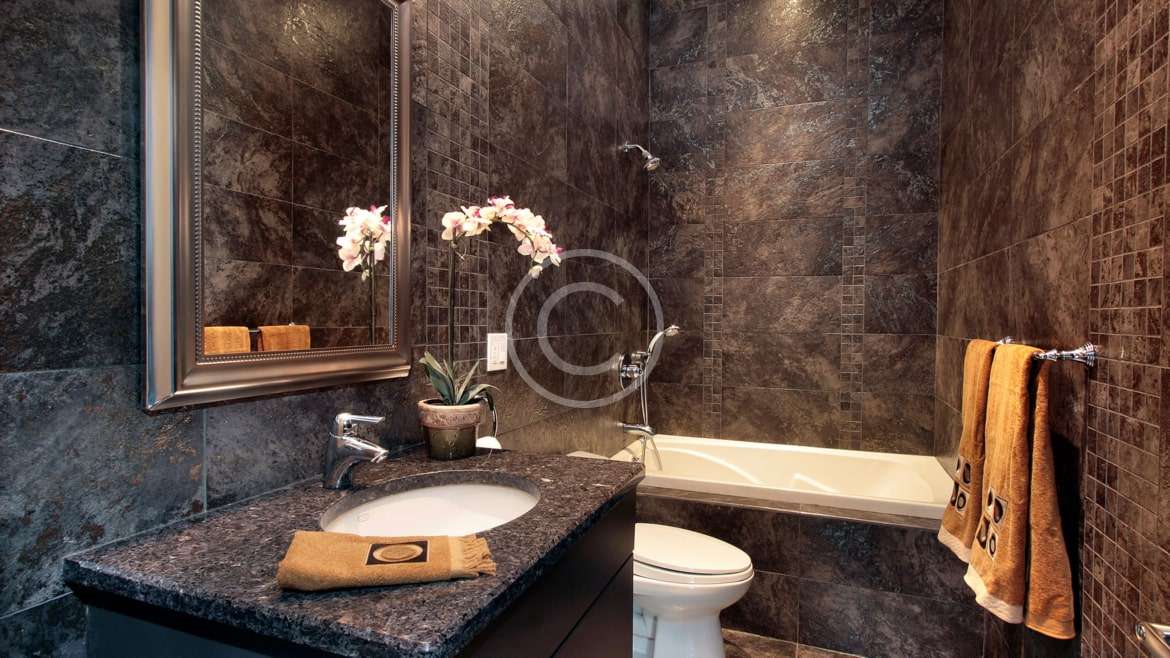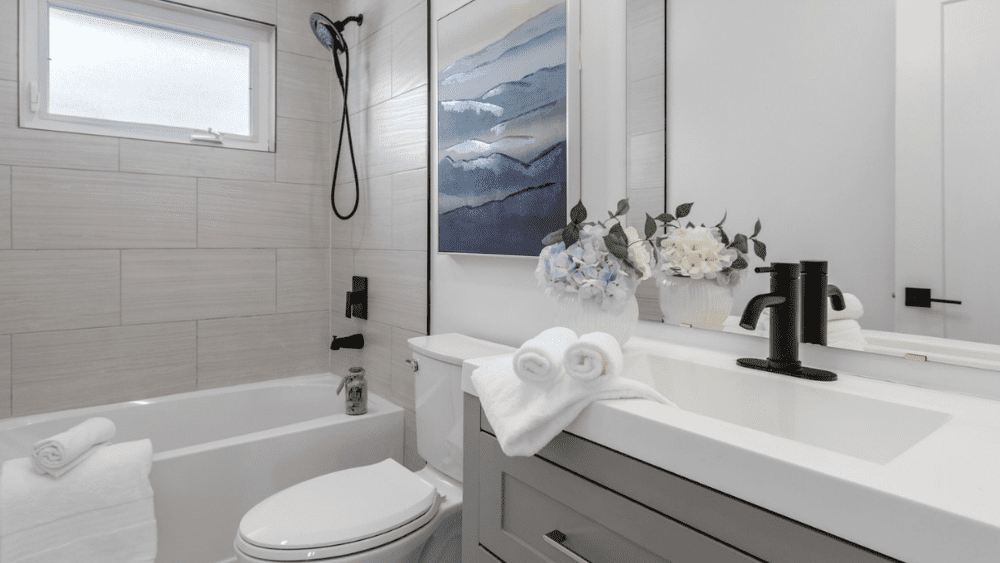
Are Water-Saving Toilets Hygienic and Worth Installing?
Share
In today's eco-conscious world, the question on many homeowners' minds is, 'Are water-saving toilets hygienic'? As concerns about sustainability rise, many tech professionals and enthusiasts are eager to understand the implications of incorporating water-saving technologies within their homes. Water-saving toilets, known for their ability to significantly reduce water usage, are appealing. However, their hygiene and effectiveness remain topics of debate.
Before diving into the details, let's explore why these toilets have gained popularity. Traditional toilets consume a significant amount of water per flush. On the other hand, water-saving models, such as dual-flush toilets, offer a more eco-friendly solution by using less water. But the million-dollar question remains: do these toilets compromise on cleanliness?

Understanding Water-Saving Toilets
To grasp the hygiene implications, it's essential to understand how water-saving toilets function. These toilets are designed to use minimal water per flush, often around 1.28 gallons compared to the 3.5 to 7 gallons of older models. The technology behind these toilets varies, with some featuring a dual-flush system that allows users to choose between a full or partial flush.
For tech enthusiasts, the innovation doesn't stop at reduced water usage. Some models are equipped with smart sensors that adjust the flush based on usage patterns, ensuring efficiency without sacrificing performance. However, the concern remains whether less water means less effective waste removal and cleaning.
The Hygiene Debate: Fact or Fiction?
One of the primary concerns regarding water-saving toilets is whether they maintain the same level of hygiene as traditional models. The assumption is that less water leads to less effective cleaning. However, studies have shown that modern water-saving toilets are designed to improve waste disposal and prevent clogs, thus maintaining hygiene standards.
According to the Environmental Protection Agency, these toilets are not only efficient but also hygienic. The design of the bowl and the flushing mechanism ensures that waste is effectively removed, and the bowl remains clean. This is a crucial point for those worried about sanitation.
Adopting Smart Water-Saving Gadgets
For tech-savvy homeowners, integrating smart gadgets with water-saving toilets can enhance both efficiency and hygiene. Devices that monitor water usage, detect leaks, and automate flushing can significantly contribute to a seamless bathroom experience. These innovations are not just about saving water but also about creating a smarter home environment.
An excellent resource for exploring these gadgets is the article on smart water-saving gadgets, which delves into various options available for tech enthusiasts eager to upgrade their bathrooms.
Environmental and Economic Benefits
Installing a water-saving toilet is not just a commitment to personal hygiene but also an investment in the environment. By reducing water consumption, homeowners can contribute to water conservation efforts and reduce their utility bills. This dual benefit of environmental sustainability and cost savings makes water-saving toilets an attractive option.
Moreover, for those living in urban areas where water scarcity is a growing concern, adopting water-efficient solutions is crucial. Read more on water-efficient toilets for urban homes to understand the broader impact of these installations.
Potential Drawbacks and Considerations
While water-saving toilets offer numerous benefits, it's important to consider potential drawbacks. Some users report a need for more frequent cleaning due to reduced water usage per flush. It's also crucial to ensure proper installation and maintenance to prevent issues such as leaks or inefficient flushing.
For those considering a switch, it's advisable to consult guides on detecting leaks in water-saving toilets to ensure optimal performance.
Conclusion: Are Water-Saving Toilets Right for You?
In conclusion, the question 'Are water-saving toilets hygienic' can be answered with a resounding yes, provided they are used and maintained correctly. These toilets offer a sustainable solution to traditional water usage, aligning with the values of tech enthusiasts committed to eco-friendly living.
For those ready to make the switch, consider exploring different models and technologies to find the perfect fit for your home. The investment not only benefits the environment but also enhances your home's smart capabilities.

FAQs
- Do water-saving toilets require special maintenance? Regular maintenance is vital, including checking for leaks and ensuring the flushing mechanism works properly. Resources are available to guide you through maintenance steps.
- Are water-saving toilets more expensive? While initial costs may be higher, the savings on water bills and the environmental benefits often outweigh the investment over time.
- Can water-saving toilets handle all types of waste efficiently? Modern designs are optimized for effective waste removal. However, selecting a model that suits your specific needs is crucial.
This article contains affiliate links. We may earn a commission at no extra cost to you.
